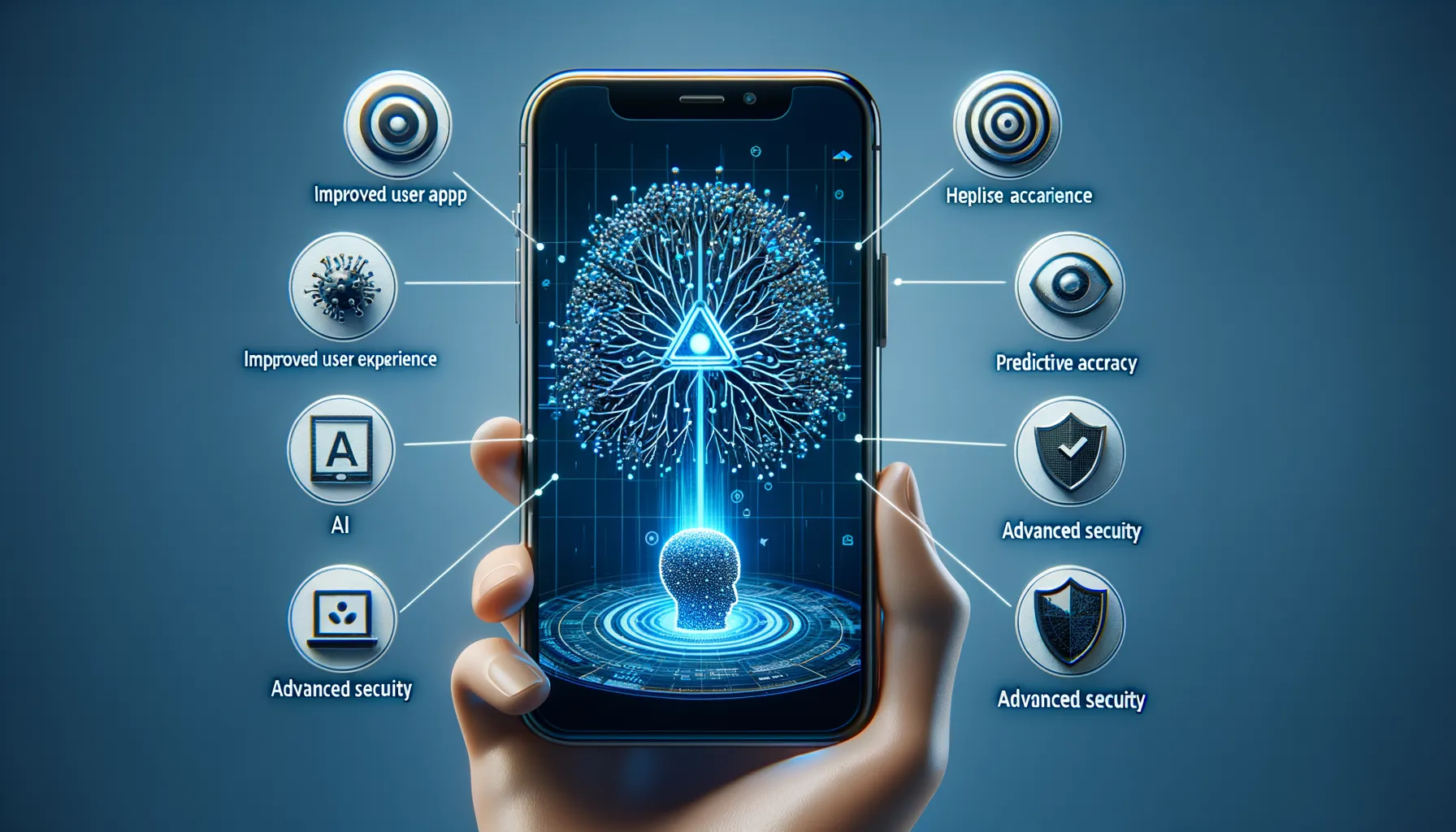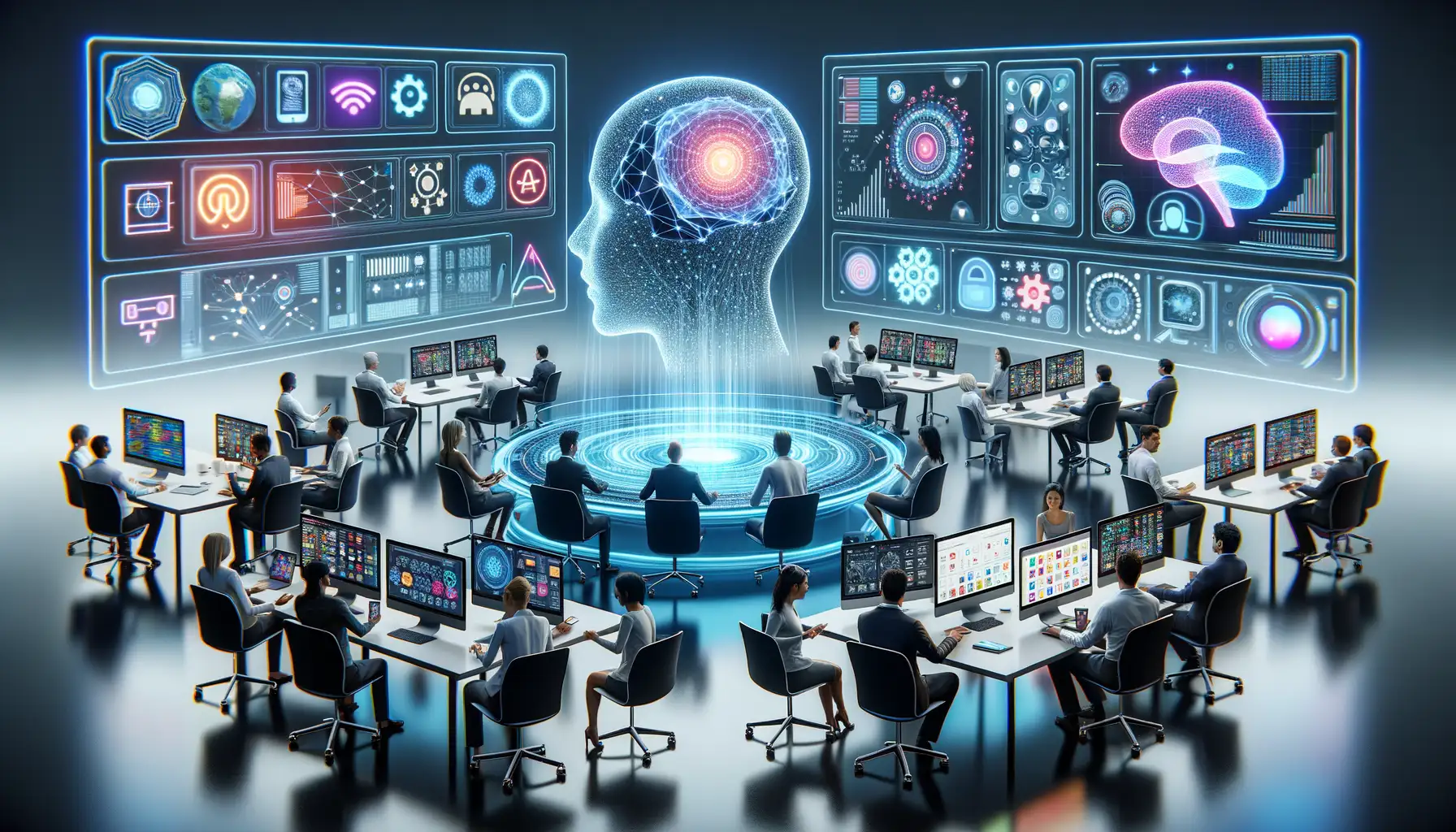Introduction to Deep Learning in Mobile Apps
Imagine your mobile app not just reacting to user input but anticipating their needs, understanding their preferences, and even learning from their behavior. That’s the magic of deep learning in mobile apps—a fusion of intelligent algorithms and adaptive technology that feels almost… human. But how does it work? Let’s pull back the curtain on this transformative tech!
Why Deep Learning Feels Like Superpowers for Your App
Deep learning is a subset of artificial intelligence (AI), but think of it as AI’s overachieving younger sibling. It uses neural networks inspired by the human brain to process vast amounts of data and make decisions. When applied to mobile apps, it brings features like:
- Visual recognition: Picture Snapchat filters tracking your face perfectly—or an app like Google Lens identifying objects in real time.
- Natural language processing: Voice assistants like Siri or Alexa understanding your requests with uncanny accuracy.
- Predictive personalization: Think Netflix curating shows you’d love or shopping apps tailoring recommendations to your taste.
A Little Data, A Lot of Smarts
Here’s the beauty of deep learning: it thrives on data. Imagine feeding an app millions of handwritten notes so it can learn to read them better than most humans. That’s how mobile apps like Grammarly use deep learning to correct grammar or suggest writing improvements. Whether it’s crunching numbers or analyzing videos, these algorithms never stop getting smarter—and that’s the secret sauce making your app downright brilliant.
Key Benefits of Deep Learning in Mobile App Development

Why Deep Learning Feels Like Magic for Your Mobile App
Imagine opening a mobile app that feels like it *gets* you—like it was designed for your life, your needs, your quirks. That’s the magic of incorporating deep learning. It turns your app into more than just a tool; it becomes an experience. Here’s how:
- Hyper-Personalization: Apps powered by deep learning don’t just recommend products—they predict what you’ll love. Think of Spotify’s Discover Weekly or Netflix suggesting a show that nails your vibe.
- Smarter Interactions: Advanced natural language processing makes chatbots and voice assistants feel less robotic and more human. Siri, Alexa—meet their smarter cousins.
Faster, Smoother, and Smarter: The Blend You’ll Love
Deep learning algorithms can analyze insane amounts of data in milliseconds, offering lightning-fast responses. Whether it’s a fraud alert from your banking app or real-time disease diagnosis in a healthcare application, this tech ensures your users aren’t left waiting. Plus, with features like image recognition and facial authentication, apps can become both secure and intuitive.
Incorporating deep learning gives your app that wow factor—not just functional, but unforgettable.
Implementing Deep Learning Algorithms in Mobile Applications

How Deep Learning Brings Apps to Life
What if your mobile app *really* understood your users, almost like a trusted friend? That’s the magic of implementing deep learning algorithms. These aren’t just fancy lines of code; they’re the brains behind dynamic features such as image recognition, voice assistants, and even personalized recommendations that feel tailor-made.
For instance, think about when you unlock your phone with facial recognition. That’s deep learning dissecting thousands of micro-details on your face—and doing it in milliseconds. It’s not “just tech”; it’s jaw-dropping intelligence working invisibly in the background.
A Step-by-Step Journey into Implementation
Rolling out deep learning in mobile apps might sound daunting, but the process can be approached systematically:
- Data Collection: Every great algorithm starts with data—whether it’s images, text, or user behavior.
- Model Training: Using frameworks like TensorFlow Lite, models are refined until they’re razor-sharp and lightweight enough for mobile devices.
- On-Device Optimization: Here’s where special tools compress these intelligent systems to fit snugly into your users’ pockets!
By weaving advanced algorithms into everyday apps, developers open doors to experiences that feel intuitive, responsive, and honestly… a little bit magical.
Challenges and Solutions in Using Deep Learning for Mobile Apps

Hurdles That Test the Limits of Mobile Deep Learning
Deep learning brings magic to mobile apps, but creating that magic isn’t always smooth sailing. Imagine trying to squeeze the power of a supercomputer into a smartphone—sounds tricky, right? One key challenge is how resource-intensive deep learning models can drain battery life like a thirsty traveler gulping water. If you’ve ever used a mobile app that seems to kill your phone within an hour, you’ll understand this pain.
Then there’s the issue of processing speed. Mobile devices don’t pack the same punch as high-end servers, so deploying complex algorithms without slowing down performance feels like juggling flaming torches while walking a tightrope. And let’s not forget compatibility: training AI models on big data in the cloud is fine, but getting them to work seamlessly offline? A whole different story.
- Solution: Optimize models for lower computation power using techniques like quantization and pruning.
- Solution: Use hybrid processing—offload heavy tasks to the cloud while keeping low-latency ones on-device.
Privacy and Data Dilemmas
Your users want apps that feel intuitive, but they also care deeply about privacy. Here’s the catch: deep learning thrives on massive amounts of personal data. A fitness app, for example, might need access to activity levels and health stats to dish out personalized advice—but how do you assure users their data isn’t wandering where it shouldn’t?
A growing favorite is leveraging federated learning, which lets devices learn collectively while keeping raw data local. This way, your app stays privacy-conscious without compromising on intelligence. Think of it as traveling the world without leaving your comfy couch.
Future Trends in Deep Learning for Mobile App Development

Cutting-Edge Innovations Shaping Tomorrow’s Mobile Apps
The future of mobile app development is bursting with possibilities, thanks to the relentless evolution of deep learning. Imagine apps that feel like they *know* you—a personal assistant in your pocket, anticipating your needs before you even realize them. Sounds futuristic? It’s already happening.
One of the biggest trends we’re seeing is the rise of on-device AI processing. No more exhausting cloud connections or latency issues—cutting-edge hardware like Apple’s Neural Engine enables apps to process data locally. This means faster responses, improved privacy, and an entirely new level of user experience.
And here’s the kicker: personalization will reach new heights. With deep learning, apps can analyze massive datasets seamlessly, predicting everything from the next song you’ll love to suggesting healthier recipes based on your eating habits. Let’s face it—who wouldn’t want a health coach or DJ tailor-made for your quirks?
- Real-time language translation: connecting people across the globe by breaking barriers in milliseconds.
- Emotion recognition: creating apps that detect your mood and adapt interactions accordingly.
These innovations give us a glimpse of what’s possible when we combine deep learning’s brilliance with mobile app technology. Excited yet? You should be!
